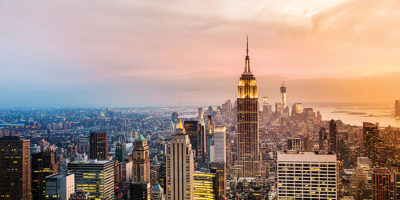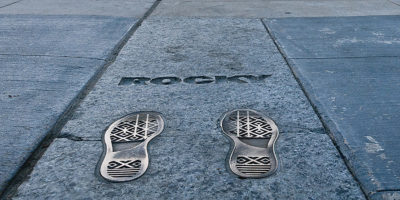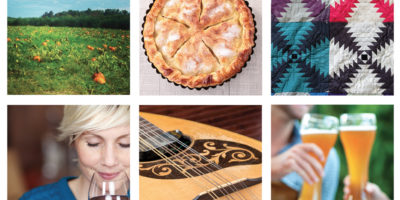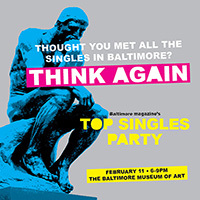When you get to Asheville/ Send me an e-mail/ Tell me how you’re doing/ How it’s treating you/ Did you find a new job/ Did you find a new love/ Is it everything that/ You were dreaming of —“When You Get to Asheville” by Steve Martin, Edie Brickell, and the Steep Canyon Rangers.
When you get to Asheville, very likely you will not be in search of a new job or a new love, although you certainly might find that the western North Carolina city, framed by two mountain ranges and with a gorgeous river running through it, is not simply what you were dreaming of, but considerably more. That includes not only its bucolic setting, but also its vibrant arts and culture community, its ample supply of diverse dining choices, a plethora of imaginative vintage clothing boutiques, a mind-numbing (literally and figuratively) array of breweries/brewpubs, an astonishing number of indie bookshops, a vaunted music scene, and, perhaps most tellingly, a pervasive hip-without-trying vibe.
Often described as the “Paris of the South”—a stretch, frankly, that does a disservice to both cities—Asheville, with a manageable population of 86,000 and a distinctly unhurried sensibility, comes off more like a mini-Austin, reminiscent of the Texas capital before it mushroomed into an infrastructure inferno over the past 25 years.
About a seven-and-a-half-hour drive southwest from Baltimore, Asheville rests between the Great Smoky Mountains to the west and the Blue Ridge Mountains to the east and south, with the French Broad River winding obligingly through its midst. Given this veritable surround-sound of rusticity, outdoor opportunities—hiking, climbing, and rafting/canoeing—abound. Choose from among dozens of nearby trails, from the tractable Graveyard Fields (kids can easily handle the mostly flat terrain and ogle a pair of oooo-aahhhh waterfalls) to the challenging Grandfather Mountain. (Intrepid types will appreciate its backcountry trails that require ladders and cables to ascend sheer rock faces, although it also offers less arduous treks.)
Consistently cited as a top whitewater destination by outdoors publications and organizations, Asheville’s hometown river affords both leisurely canoeing/floating and eight miles of varying-sized rapids for kayakers as its waters wend through adjacent Pisgah National Forest.
Inveterate city dwellers no doubt will prefer the concrete-and-green-space walkability of the compact downtown’s Asheville Urban Trail, a 1.7-mile amble that combines history lessons, architectural highlights, and often whimsical public art. Composed of 30 separate stations and covering five discrete historical periods dating from western North Carolina’s frontier days, each stop is marked by a sculpture, plaque, or significant building that represents and illuminates an aspect of the city’s past, including the Paul Bunyan-esque Flat Iron, the refined Art Deco S&W Building, and the elegant iron bench memorializing Elizabeth Blackwell, who, in 1849, became the first woman to earn a medical degree in the U.S.
Also on the historical beat and unquestionably the city’s top attraction (Memo to cynical tourists: You will regret shrugging it off): Biltmore Estate, the 250-room, 8,000-acre Gilded Age manor built for American aristocrat George Vanderbilt (industrialist Cornelius Vanderbilt’s grandson). Completed in 1895 as Vanderbilt’s country home, Biltmore, located just outside downtown and designed in the mode of a French Renaissance chateau, exudes an outsized opulence seldom seen in the United States. (Think Downton Abbey.) Its four floors boasting 35 bedrooms, 43 bathrooms, and 65 fireplaces—not forgetting a gargantuan indoor swimming pool, period-equipped gymnasium, and two-lane bowling alley—are extravagances Downton’s Lord and Lady Grantham would envy.
A self-guided audio tour leads visitors through high-ceilinged, ornately decorated spaces, whose names often invoke the old Clue board game—billiards room, banquet hall, music room, library, breakfast room, smoking room, and sitting room, plus dozens of “branded” bedrooms, such as the Louis XV—all brimming with the furniture, tapestries, and art (portraits by John Singer Sargent, early works by Renoir) chosen or commissioned by George Vanderbilt. The tour concludes in the vast basement, site of the servants’ quarters and their working areas, notably state-of-the-art (for the early 20th century, anyway) kitchen, laundry, and refrigerated storage closets.
The sprawling grounds—designed by landscape architect Frederick Law Olmsted, also responsible for New York’s Central Park and Baltimore’s Mt. Vernon Place among other locations—feature 75 acres of formal gardens, plus informal gardens, ponds, a forest, former stables, and a spectacular greenhouse. Leisurely stroll the grounds or hike various trails, notably one that follows the French Broad River. Since 1971, the estate also has produced grapes on land formerly worked by Biltmore’s tenant farmers. A winery (tourable, like all else here), housed in the estate’s retrofitted dairy, processes those grapes into a shifting menu of Biltmore-label vintages, available for sampling in its tasting room, a recommended activity at the conclusion of a Biltmore-centric day.




















